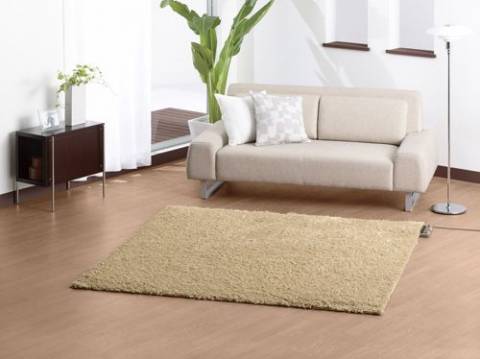Installing your own carpet is truly a difficult task since it can be hard on both your back and knees. However, you don’t need to be an expert to do it since it is still a job that you can do yourself with some help from specialized tools that you can rent at any tool rental outlets.
Needed Materials and Tools
You will need the following materials in installing your own carpet: knee pads, safety glasses, work gloves, rolling pin, stapler, measuring tape, chalk line, tackless strips, utility knife, and a hammer. You will also need to rent the following specialized tools from any tool rental outlets: strip cutter, seaming iron, seam cutter, wall trimmer, power stretcher, seam tape, seam roller, and knee kicker.
Preparation
The first task you need to do is to take out the old carpet from the floor. Remove the moldings around the floor and also remove the door from the entrance so that you have an unobstructed working space. Once the old carpet is totally removed including the existing tackless strips, ensure that the floor is floor and dry before working on installing your own carpet. Check also for any loose floorboards and screw any loose portions using 1.5-inch screws to avoid any squeaking sound under the newly installed carpet. Place the tackless strips in the entire room perimeter except in doorways. There must be a half-inch space between the wall and the strips. Connect the tackless strips tightly when in corners.
Placing the Underpad
Place the underpad on the floor by strips and they must overlap the tackless strips. Connect the underpad strips with each other but do not overlap them. Staple them by the inside edge of the tackless strip and clip any excess by the inside edge of the tackless strip. You need to use some duct tape to seal the seams of the underlay.
Installing Your Own Carpet
Begin installing with the piece of the carpet that overlaps at the floor edge for four to six inches. Measure the length of the room at its widest point then add six inches to the resulting measurement. On the back of the carpet, mark the portion where the measurement falls into and connect the two marks using a chalk line. Then cut through the marked portion using a sharp utility knife and a straight edge. Ensure that a piece of any scarp board is placed underneath the line to be cut in order to protect your new carpet while cutting.
Seams
If you have a large room and you need two or more pieces of carpet, then just follow the process in installing your own carpet above and that is to measure, mark, and trim with each piece. Overlap the two pieces of carpet that will be joined together and cut through in both pieces using a seam cutter or utility knife. After cutting, place a seaming tape underneath the joined pieces of carpet with the adhesive side upward. Activate the adhesive of the tape by using the seaming iron then connect the edges of the carpet together. Secure the seam using a carpet roller or rolling pin.
Attaching the Carpet
With the help of the knee kicker and the carpet stretcher, stretch the carpet’s edge and attach it onto the tackless strips. The role of the tackless strips of to grab the stretched carpet and hold it very firmly in place. Work your way in the entire perimeter of the room stretching and attaching the carpet to the tackless strips. Cut the portion of the carpet that is near the wall using a wall trimmer or utility knife.
Finishing Up
The last step in installing your own carpet is to tuck the carpet into the space in between the wall and the tackless strips. Trim the edge of the carpet at the doorway to center in when the door is closed then place a door edge strip over it. Then trim any vent openings and put affix the molding on the baseboards.



